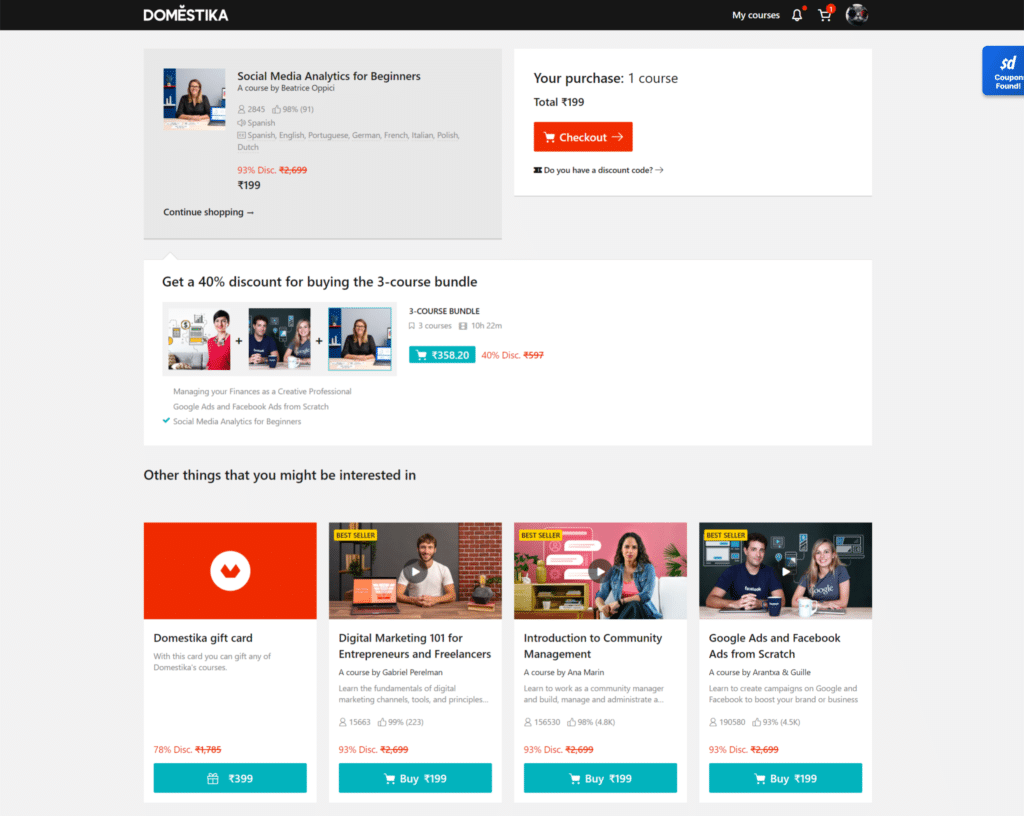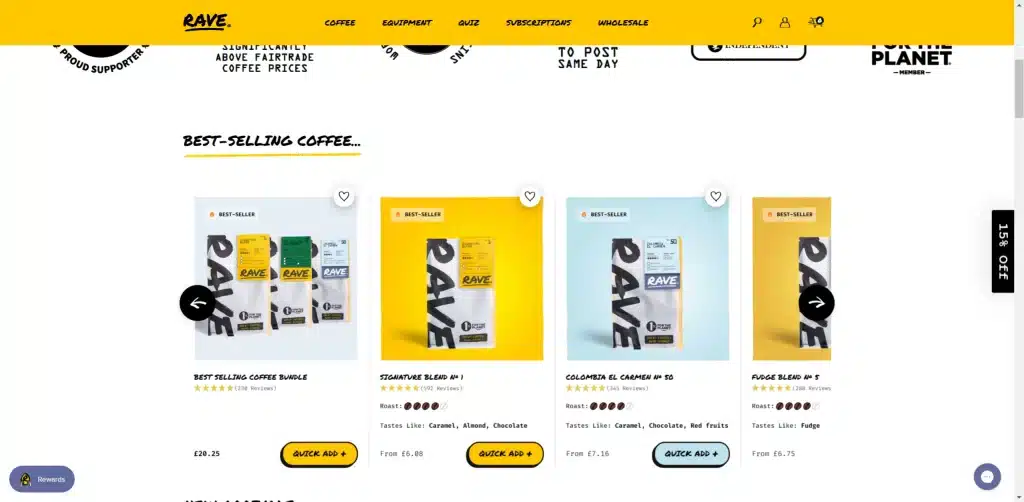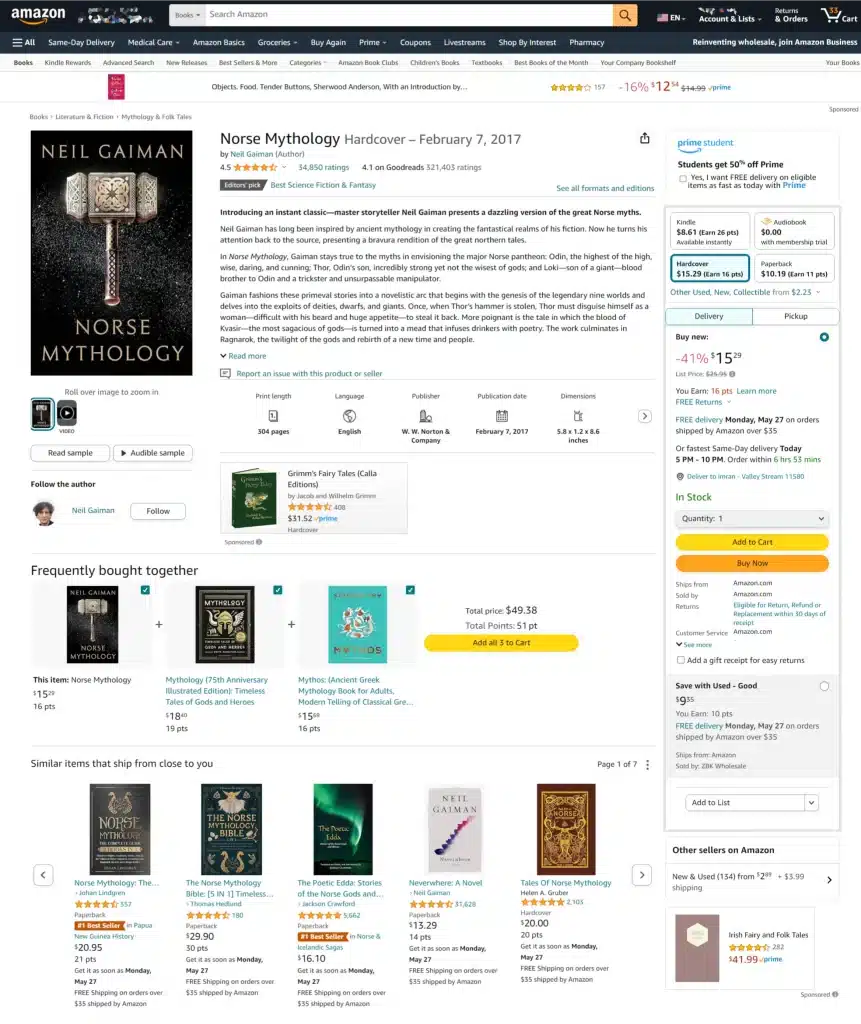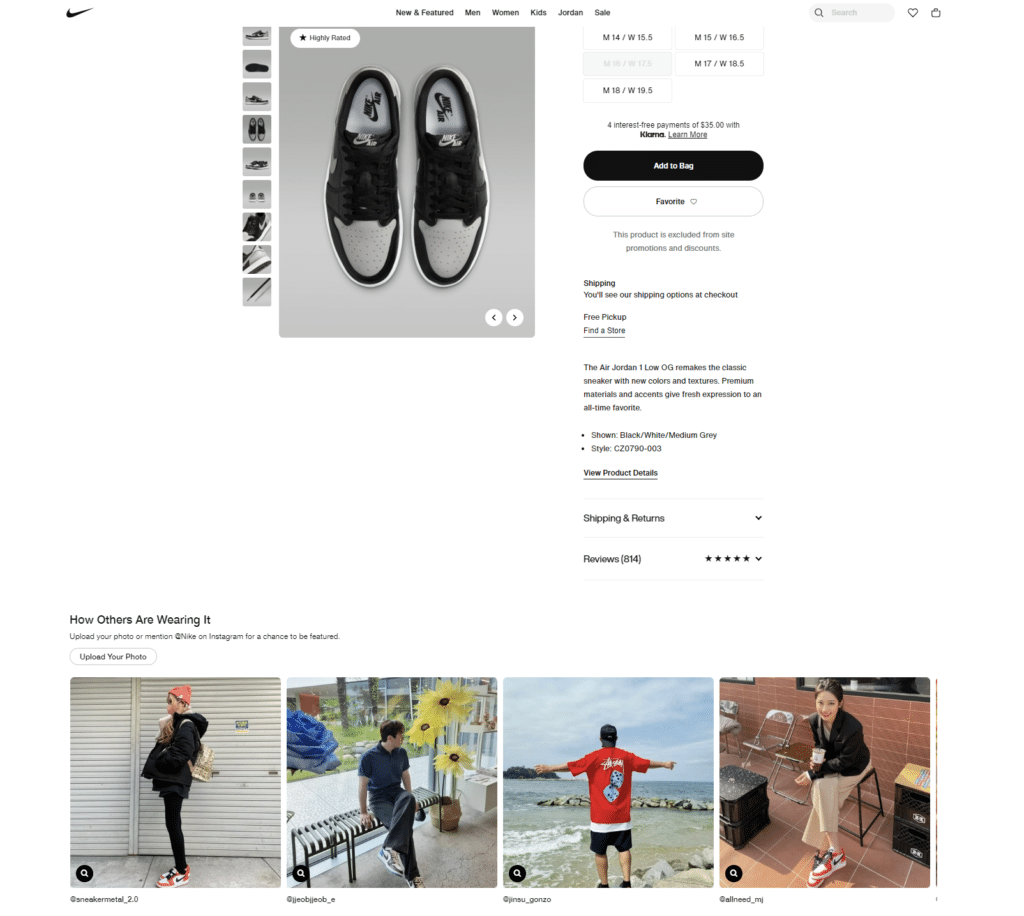Why E-commerce Product Recommendations Work So Well?
In e-commerce, effectively engaging and converting visitors is what sets the top players apart. With the help of recommendation engines, companies like Amazon have mastered this art, turning browsing into buying with almost scientific precision, significantly influencing their sales outcomes in the process.
If you’re running an e-commerce site, managing marketing, or crafting digital strategies, getting a handle on product recommendations is key. These tools do more than just facilitate shopping; they create a personalized journey that guides customers through your digital store, making every step from browsing to buying smoother and more intuitive.
A study by MyBuys examined over 100 online retailers and found that products recommended in shopping carts had a conversion rate 915% higher than the site’s overall average. This shows just how powerful strategically placed product recommendations can be in boosting sales.
In this blog post, we’ll dive into five effective ways to leverage product recommendations to enhance your online store. Let’s get started.
1. Increasing conversion rates
Product recommendations are a powerhouse when it comes to boosting conversion rates in e-commerce. By strategically placing suggested products at key points within the shopping journey, these recommendations significantly enhance the likelihood of purchase. In fact, product recommendations account for 35% of Amazon’s revenue.
Let’s look at a few factors that make these recommendations so effective:
- Immediate relevance: E-commerce recommendations tap into the current browsing context to offer products that are more likely to catch the shopper’s interest right away.
- Simplified choices: In a digital store filled with myriad options, guiding customers towards products they are likely to enjoy helps reduce decision fatigue and accelerates the buying process.
- Strategic placement: Placing recommended products in high visibility areas such as product pages, search results, or even the checkout page increases the chances of adding more items to the cart, directly impacting conversion rates.
Effective product recommendations turn casual browsing into active buying, boosting both user satisfaction and store performance.

2. Enhancing customer experience
Enhancing the customer experience through e-commerce (product) recommendations goes beyond just increasing sales; it improves how shoppers interact with your store.
Here’s how recommendations enrich the customer journey:
- Streamlined discovery: By highlighting popular or trending products, e-commerce recommendations help customers discover products quickly, enhancing their overall browsing experience without overwhelming them with choices.
- Relevant exposure: Recommendations introduce customers to products they might not have found on their own, increasing the likelihood of finding something they love. This relevance keeps the shopping experience fresh and exciting.
- Decision support: By providing additional information and comparisons at critical decision points, recommendations help customers make informed choices, boosting their confidence and satisfaction.
These strategies really make a difference. In fact, 56% of online shoppers say they’re more likely to come back to a site that suggests products for them. This shows just how much product recommendations can boost not only the shopping experience but also customer loyalty and satisfaction over time.

3. Driving repeat purchases
Repeat purchases are essential for long-term success in the e-commerce business. Product recommendations can effectively encourage customers to make additional purchases through general strategies that don’t rely on personal data. Here’s how:
- Highlighting popular products: By showcasing best-sellers and popular products, especially those that receive positive customer reviews, e-commerce stores can tap into the power of social proof. This approach nudges customers to consider products that others are buying and enjoying.
- Promoting deals and discounts: Strategically promoting products with discounts or special offers can motivate customers to make repeat purchases. This includes showcasing limited-time offers or clearance items that provide value, encouraging shoppers to revisit and explore new deals.
- Creating thematic collections: e-commerce sites can group products into themed collections, such as “Summer Essentials” or “Holiday Gifts,” to capture the interest of customers looking for specific seasonal or event-based products. This strategy keeps the shopping experience relevant and engaging without needing to tailor it to individual user profiles.

4. Boosting average order value
Product recommendations are a great way of boosting an e-commerce store’s average order value (AOV). Here are a few practical strategies to make the shopping experience better and encourage bigger buys:
- Frequently bought together (FBT) suggestions: This feature suggests complementary products to customers, based on what others have commonly purchased alongside the item currently being viewed. For example, recommending a camera bag and a memory card on a camera’s product page can encourage customers to make additional relevant purchases, increasing the total order value.
- Strategic product placement: Placing recommended products in key browsing areas, like near the checkout or on product pages, can prompt customers to add more items to their cart. This includes showcasing accessories or upgrades relevant to the items already chosen, which enhances the possibility of a larger sale.
- Highlighting higher-value alternatives: Recommending higher-end alternatives or newer models of the products customers are interested in can also increase AOV. This strategy can be particularly effective for customers looking to make the best purchase within a category, as it aligns quality and value with their shopping goals.

Results Speak Loudly: By tweaking how they recommend products, Amazon notched a 7% increase in product click-through rates. This boost shows just how effective smart product recommendations are at engaging customers and driving sales, helping to keep the e-commerce engine running smoothly and profitably.
Salesforce research shows that smart product recommendations can boost average order values by up to 10%. This proves that smart e-commerce recommendations not only increase sales per transaction but also enrich the shopping experience, giving customers more value.
5. Enhancing user engagement and interaction
Welcoming customers back time and again starts with an engaging online shopping experience. A staggering 45% of online shoppers prefer websites that offer product recommendations. This shows just how much shoppers appreciate a personal touch. Here’s a look at the techniques that make shopping feel unique for every user:
- Collaborative filtering: This method suggests products by tapping into the browsing and purchasing habits of many users. For example, if other shoppers who looked at the same things you did end up buying certain products, those items might pop up as recommendations for you, too. It’s a great way to discover products that people with similar tastes have enjoyed.
- Content-based filtering: Unlike collaborative filtering, This strategy compares the characteristics of items you’ve shown interest in and recommends similar products across different categories. This keeps the recommendations relevant and enhances the likelihood of engagement and discovery.
- Leveraging general popularity and trends: Showcasing trending products or best-sellers can really boost user interest. By highlighting what’s popular and well-liked right now, these recommendations help customers easily find new products that everyone is talking about.
- Enhancing product discoverability: By strategically placing recommendations on various pages—such as the homepage, category pages, and the checkout page—e-commerce platforms can significantly enhance product visibility. This strategy encourages users to explore products they may not have directly searched for but find interesting, increasing both time spent on the site and overall engagement.

Take action today
Product recommendations are a game-changer for boosting your e-commerce game, ramping up your revenue, conversion rates, and customer interaction. They streamline the shopping journey, making it easy and fun for customers to find and buy what they love and keep them coming back for more.
Ready to elevate your store’s experience? Give the AddSearch recommendation engine a whirl today, and watch your engagement and sales soar.
Experience the Best in Search Solutions with AddSearch – Top Rated on SourceForge! Click for Your Free, Personalized Demo Now.




